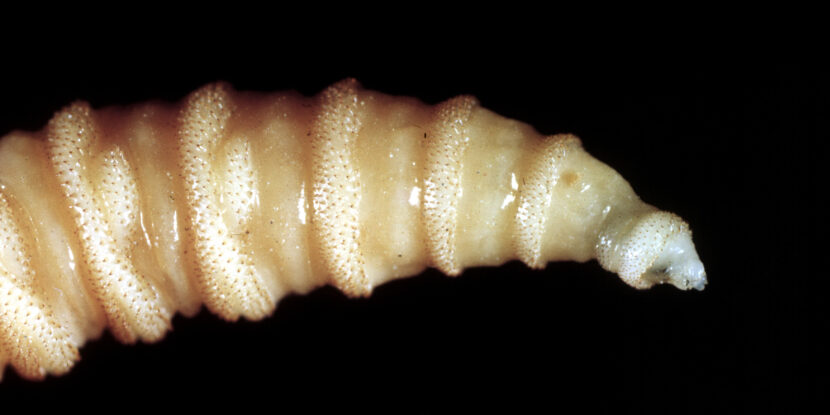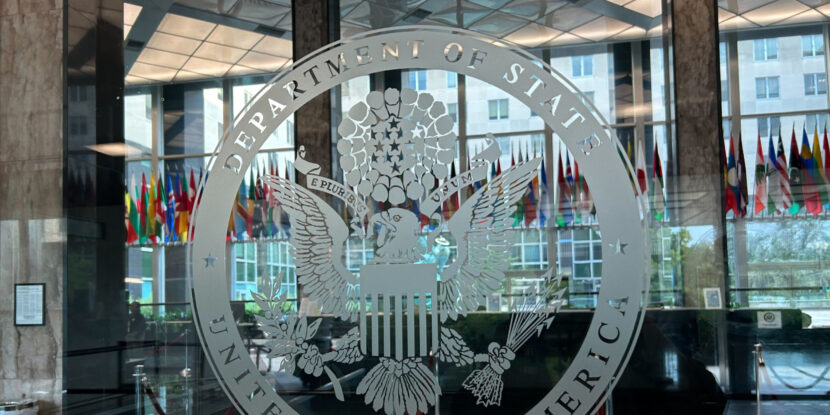❓WHAT HAPPENED: The U.S. government plans to breed thousands of sterile flies in southern Texas to combat flesh-eating maggots threatening American cattle. Once contained well south of Panama, illegal immigration and cattle smuggling have seen the New World screwworm regain a foothold in Mexico and the southern United States.
👤WHO WAS INVOLVED: The U.S. Department of Agriculture (USDA), Agriculture Secretary Brooke Rollins, and Texas Governor Greg Abbott (R).
📍WHEN & WHERE: A $750 million factory will be built at Moore Air Force Base near Edinburg, Texas, with plans to release sterile flies within a year.
💬KEY QUOTE: “Farm security is national security,” said USDA Secretary Brooke Rollins.
🎯IMPACT: The effort aims to protect livestock, secure the food supply, and bolster national security by preventing the spread of the New World screwworm. The parasitic, flesh-eating fly larva can decimate cattle populations and even burrow through human skin.
The Trump administration is set to construct a $750 million factory in southern Texas to breed thousands of sterile flies in an effort to combat the New World screwworm, a flesh-eating parasitic maggot that poses a serious threat to American cattle and, in some cases, humans as well. The factory will be located at Moore Air Force Base near Edinburg, Texas, approximately 20 miles north of the border. The U.S. Department of Agriculture (USDA) announced plans to release the sterile flies into the wild within a year.
The New World screwworm, a parasitic larval phase of the New World screwworm fly—described by the USDA as a “devastating pest”—burrows into the eyes and flesh of living animals, causing severe and often fatal damage. The parasite can infest livestock, pets, wildlife, and occasionally humans, posing a significant threat to the ranching community, the national food supply, and national security overall. The pest was largely eradicated in the United States by the 1970s through similar sterile fly programs, and later sterilization efforts pushed the insects’ population below the isthmus of Panama.
However, recent outbreaks in Mexico have raised concerns. It is believed the parasitic maggots bypassed the sterile fly zone set up in Panama through the flow of illegal immigrants heading north from South America and through illegal cattle smuggling. The parasite has gained footholds in the Caribbean as well, with a significant outbreak in Honduras that has impacted the island’s human population. An outbreak of the screwworm in the Florida Keys in 2016, linked by some to illegal immigrant arrivals from Cuba, was swiftly eradicated.
U.S. Agriculture Secretary Brooke Rollins emphasized the importance of the initiative, stressing, “Farm security is national security.” Rollins outlined additional measures, including $100 million in funding for traps, lures, therapeutic treatments, and border patrols utilizing “tick riders” on horseback and dogs trained to detect the parasite. The USDA also confirmed that the border will remain closed to imports of cattle, horses, and bison from Mexico until the parasite is pushed back closer to Panama. Notably, the screwworm outbreak in Mexico has driven a spike in beef prices in the U.S.
Texas Governor Greg Abbott joined Rollins at a news conference in Austin, Texas, highlighting the urgency of the situation for border and livestock-producing states. The USDA noted that sterile flies remain the most effective method for controlling the spread of the pest, which has already caused significant damage to Mexico’s cattle industry. Mexico’s agriculture ministry has announced plans to take steps to address the issue.
Join Pulse+ to comment below, and receive exclusive e-mail analyses.



















